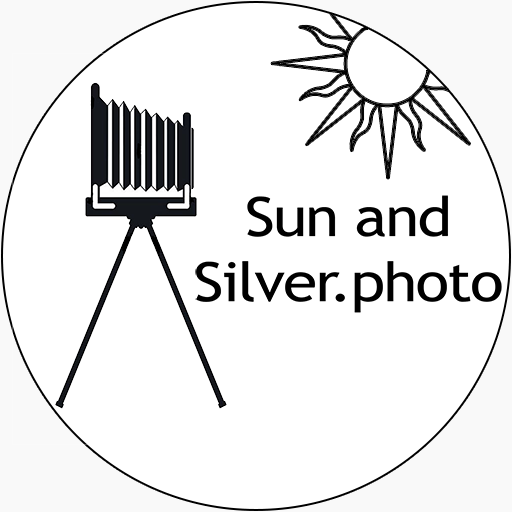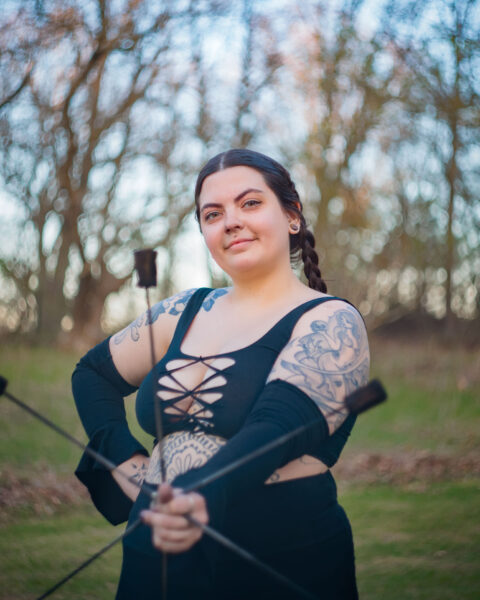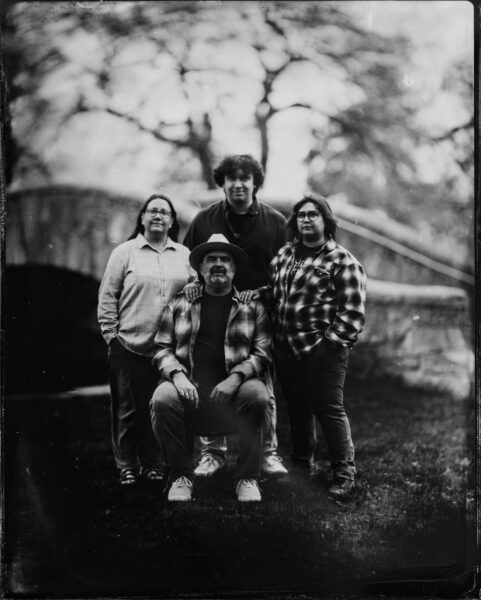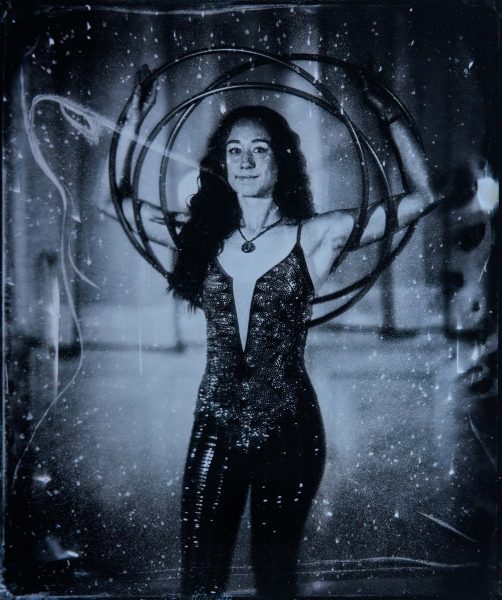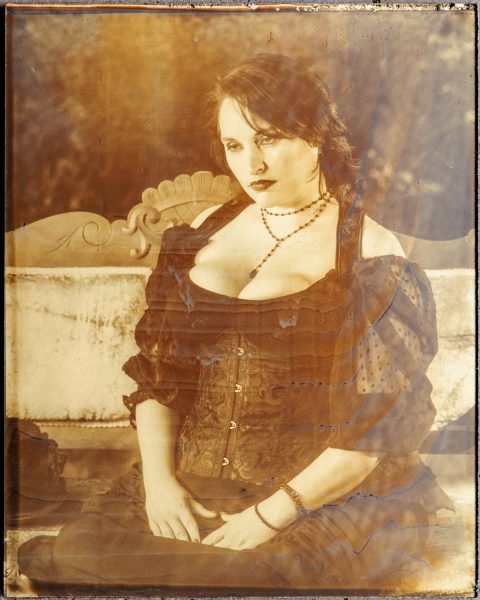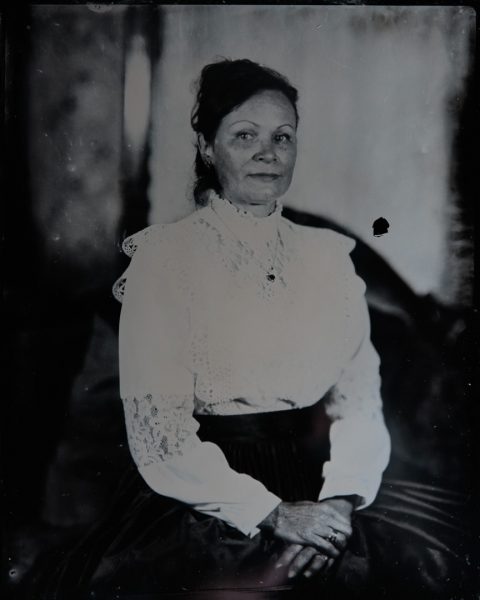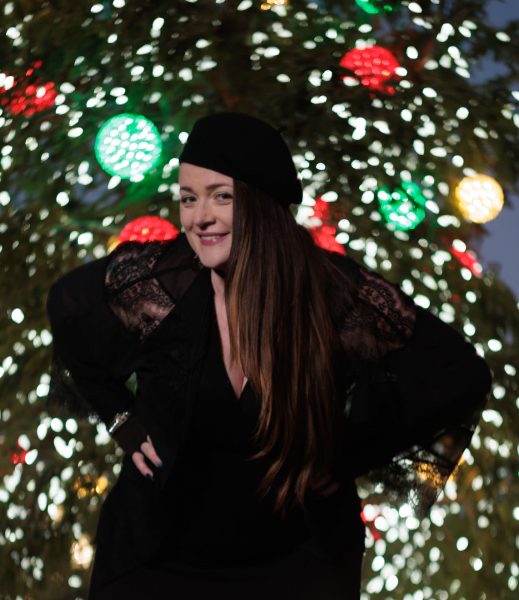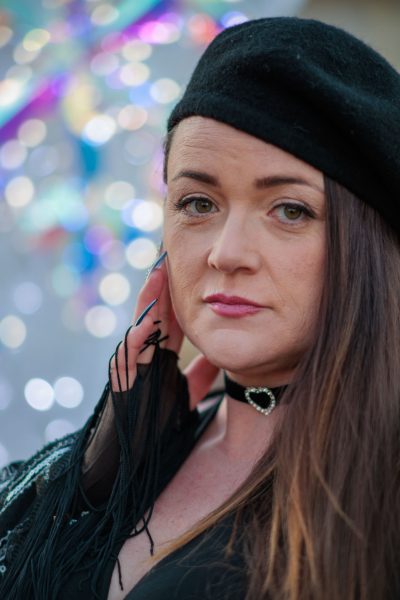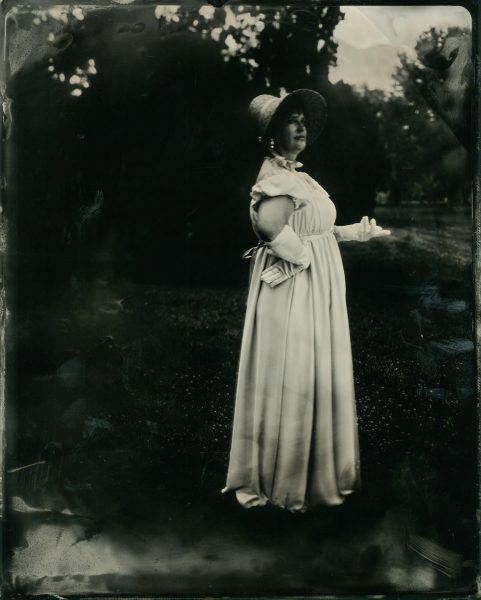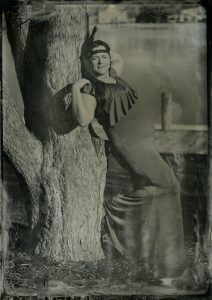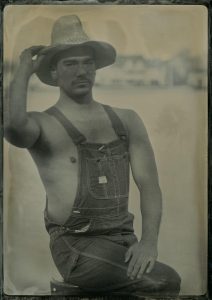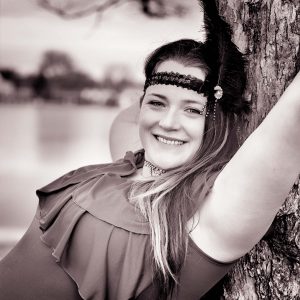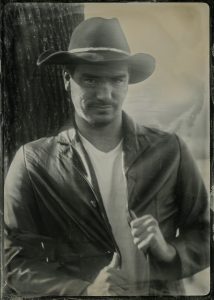Vintage Tia
We spent a beautiful Sunday afternoon creating test tintypes with artists of Cloud Nine Fire Show After the light faded we switched to digital photos and had some fun! Tia (also know as TLKonfire) posed for some amazing captures with two of my vintage lenses. The picture above was taken with my SMC Takumar 135mm f/2.5 lens. The Takumar is around 60 years old and still takes wonderful portraits. Next is another Takumar portrait taken stopped at f/3.5 to highlight Tia's beautiful eyes and her body art. The colors and contrast are why I love vintage lenses. We next switched…
